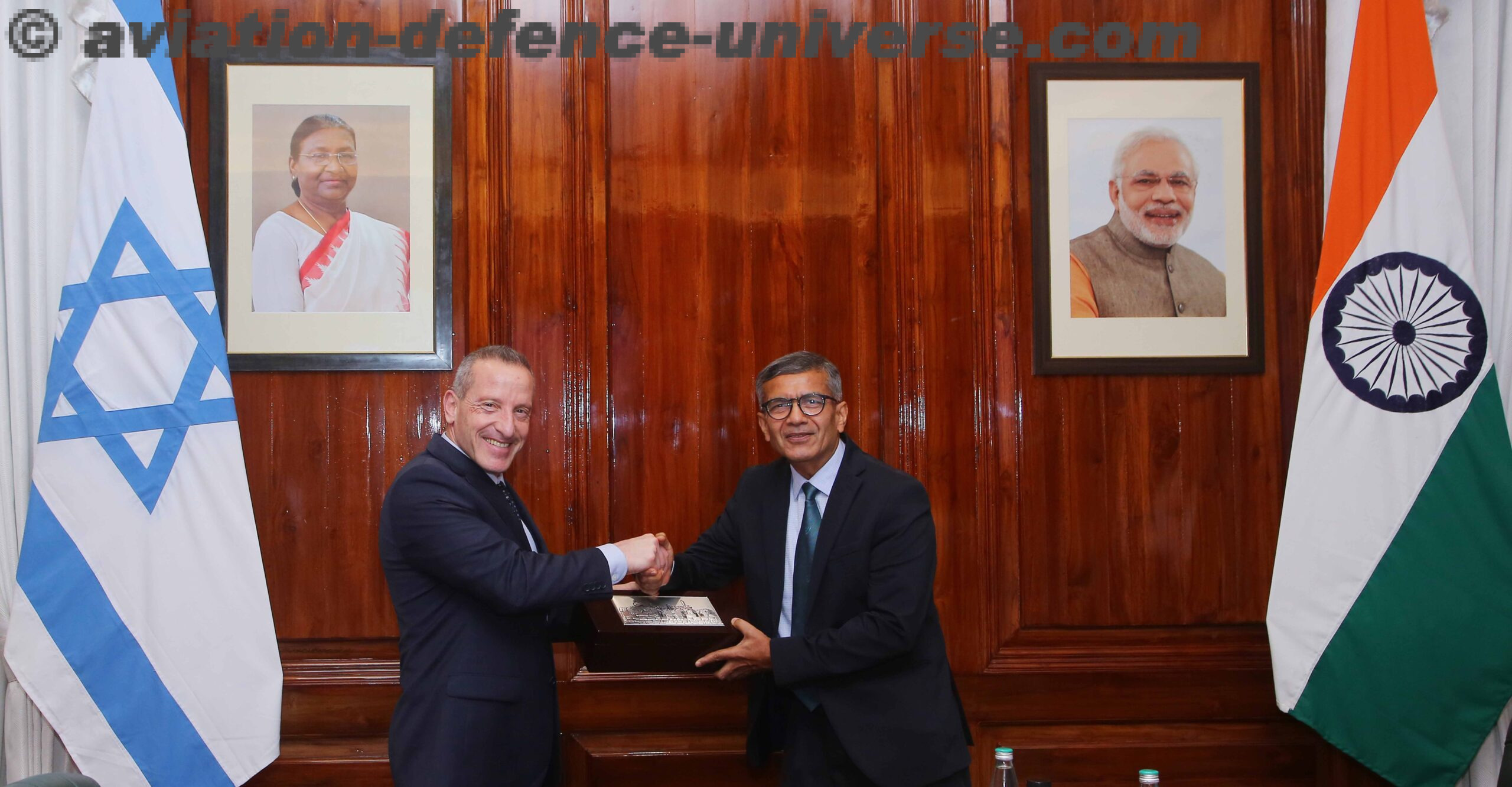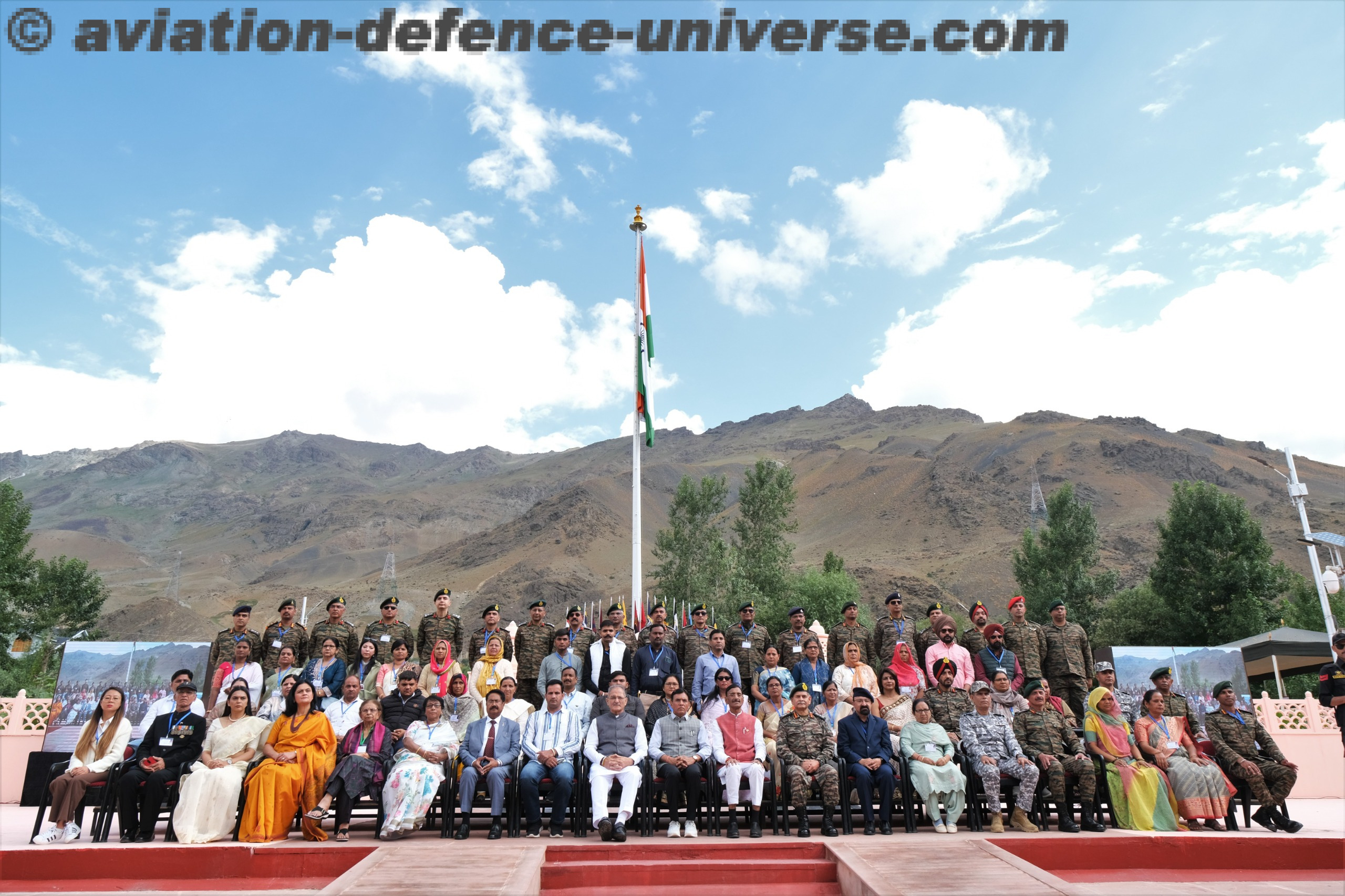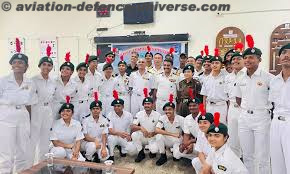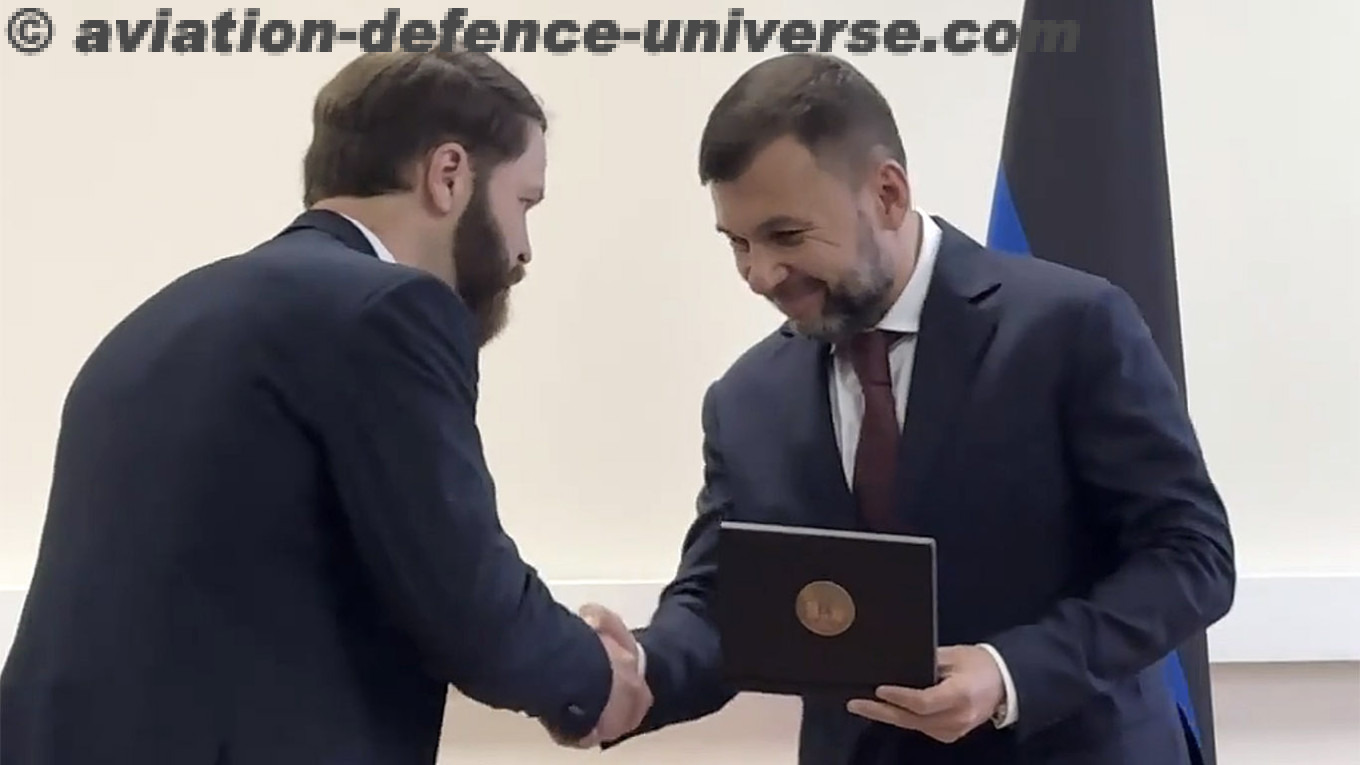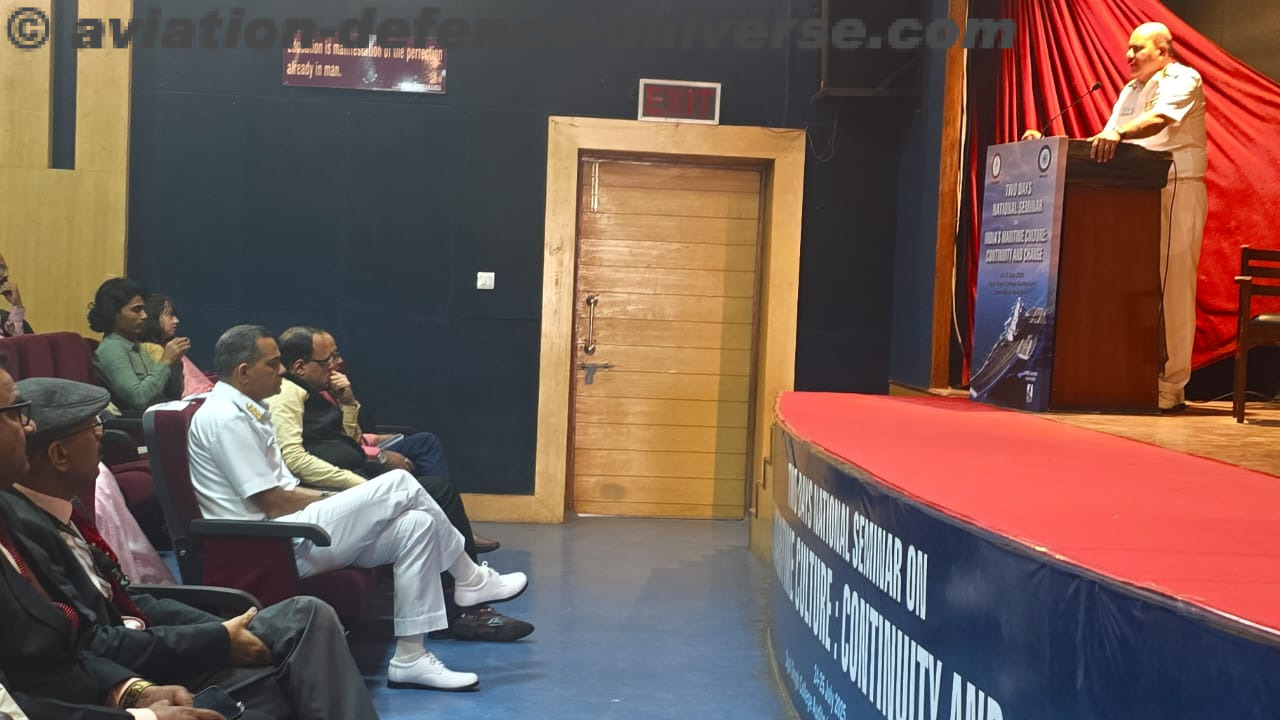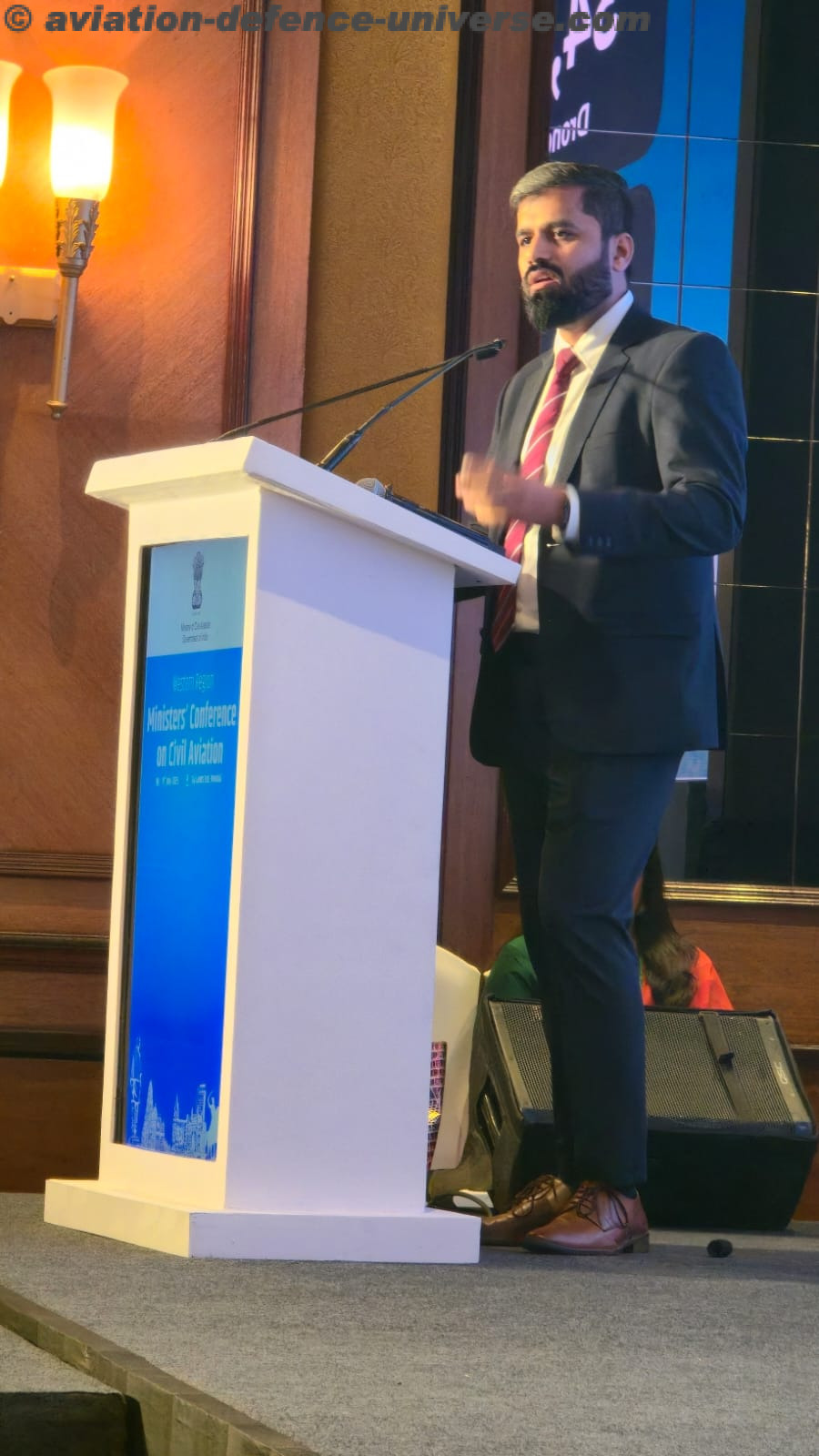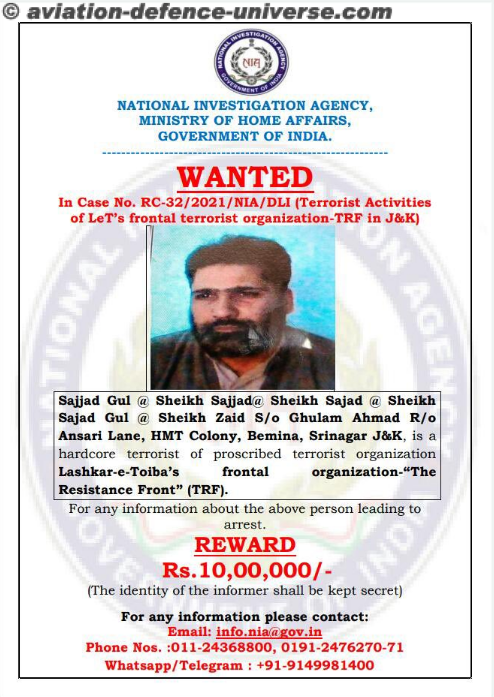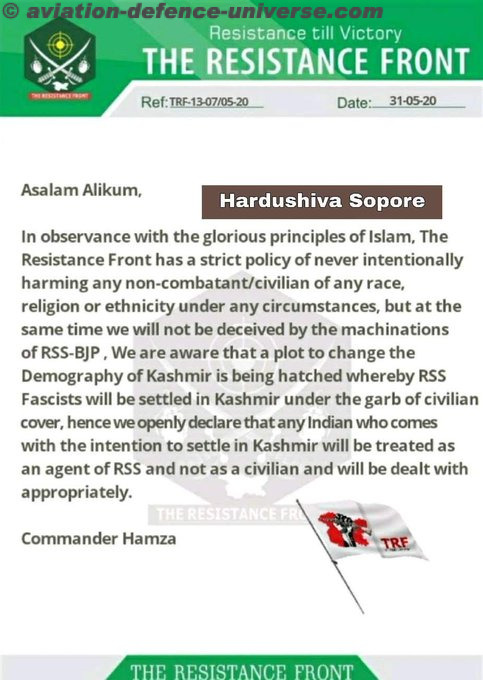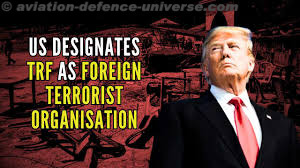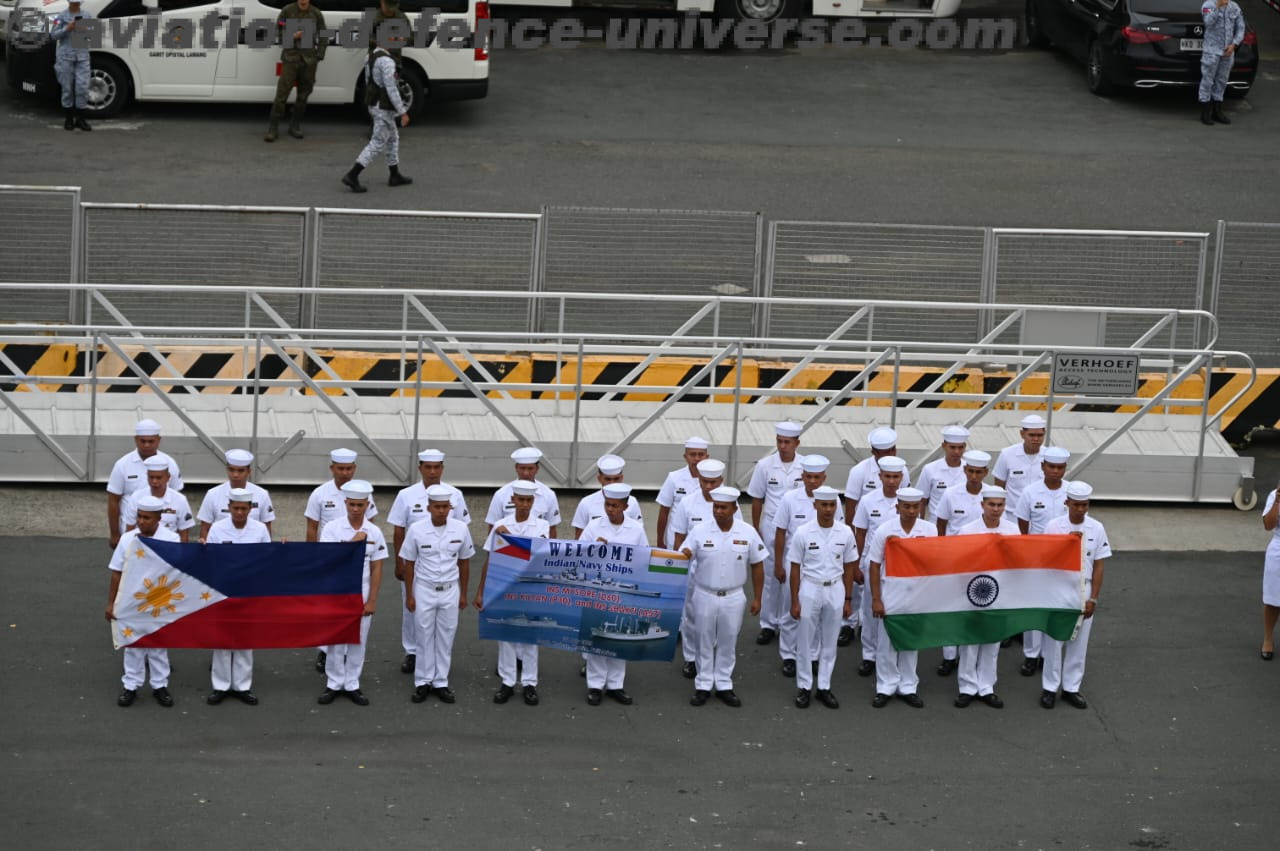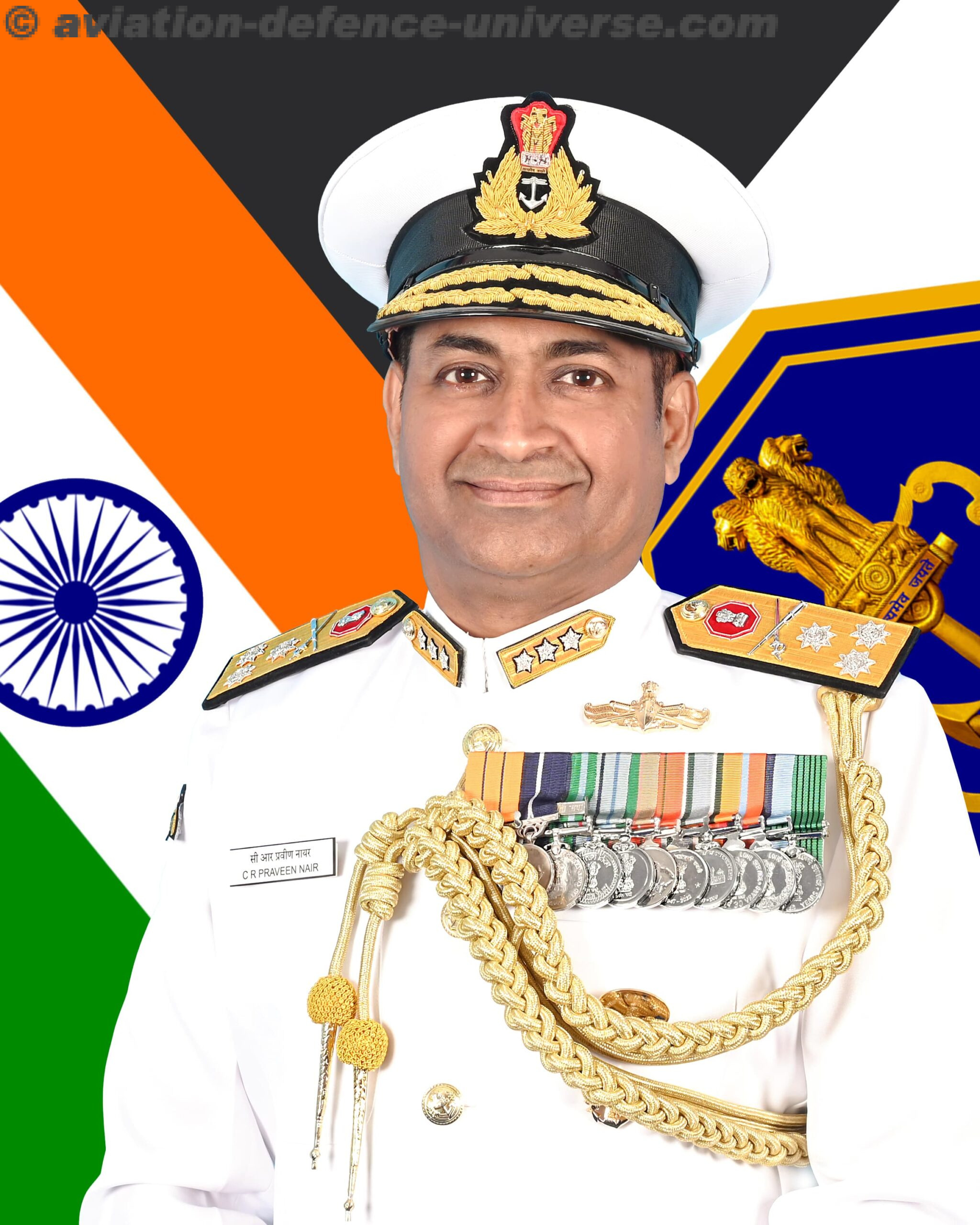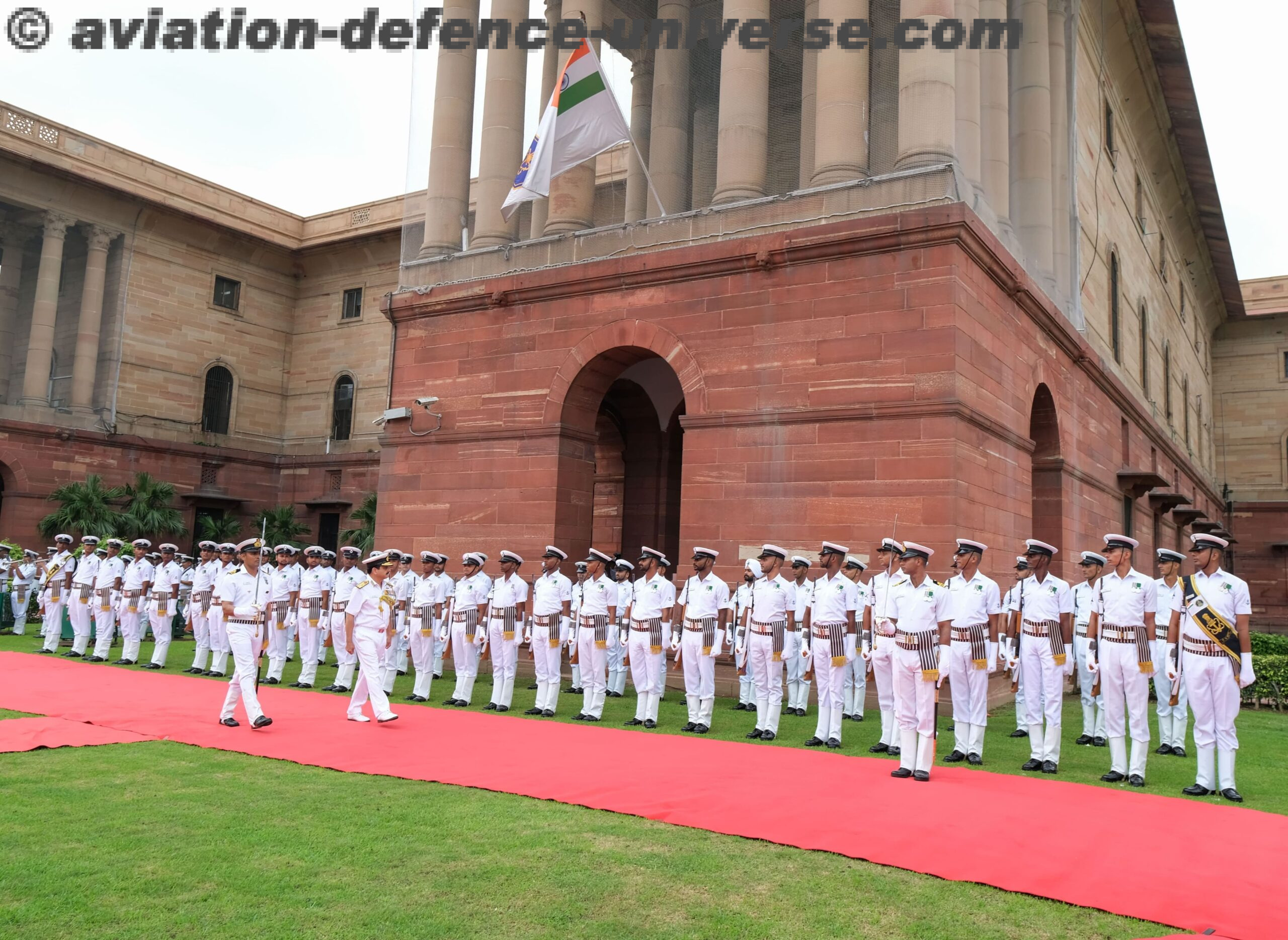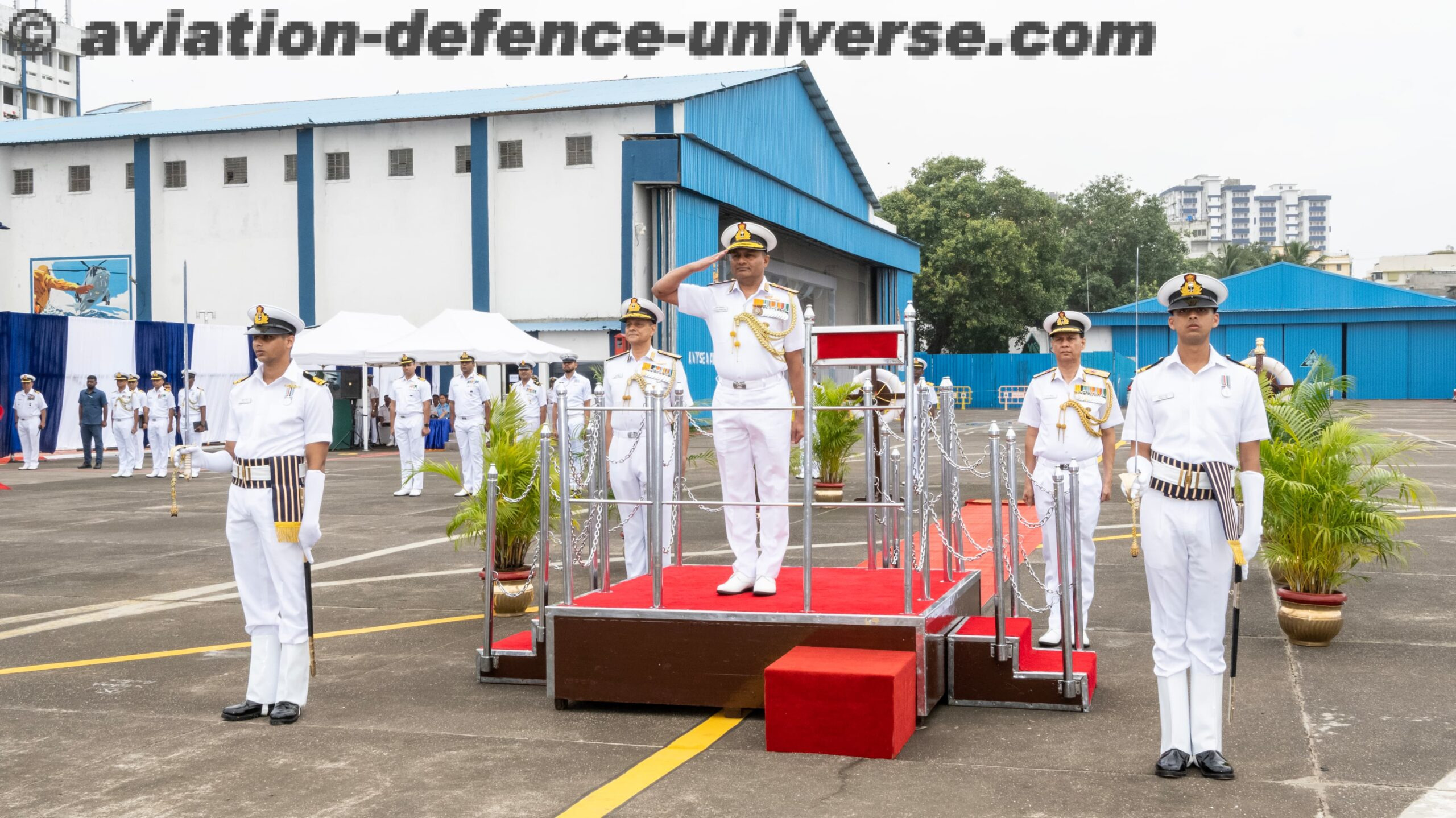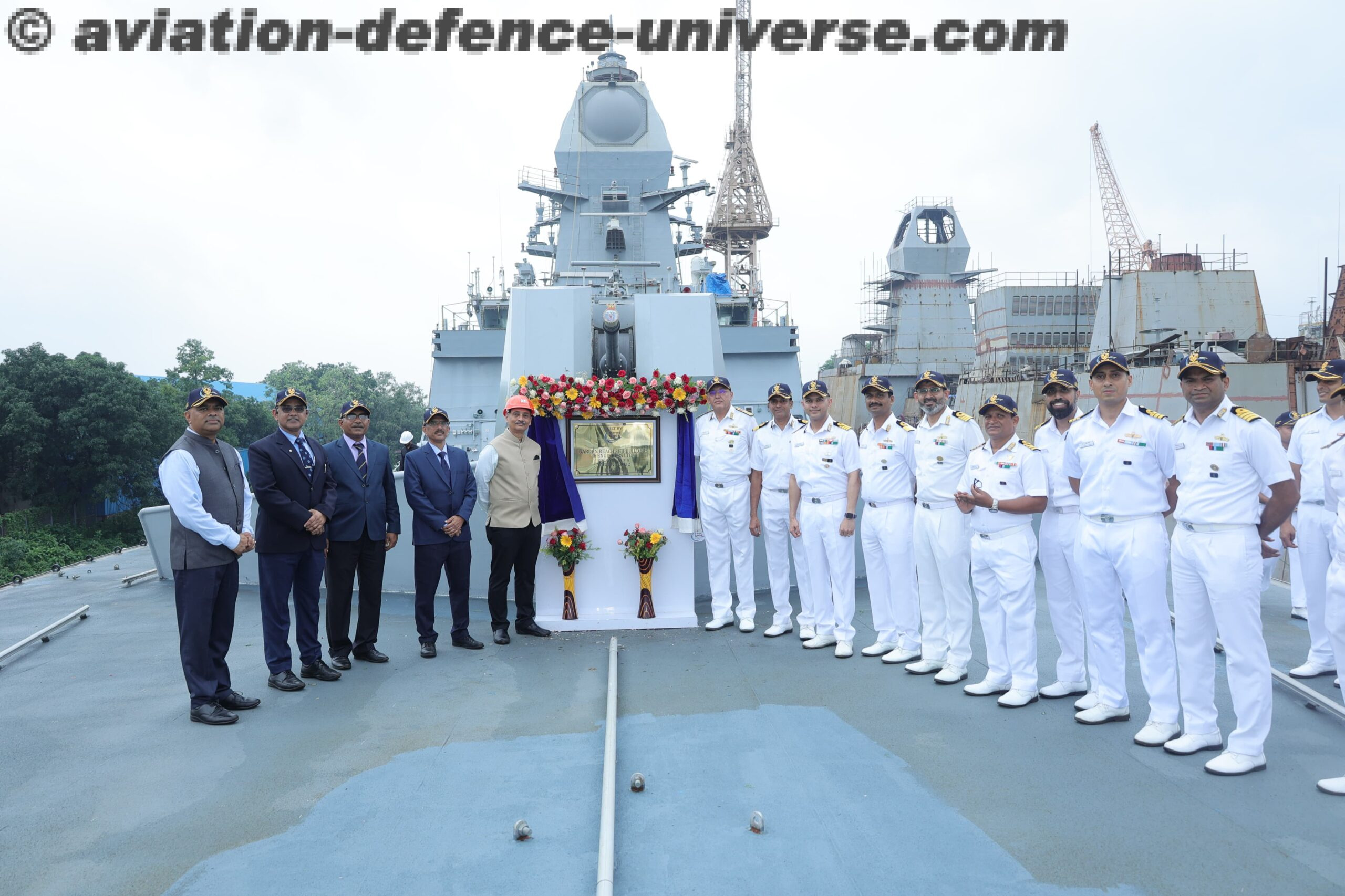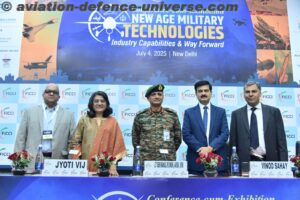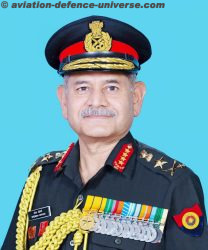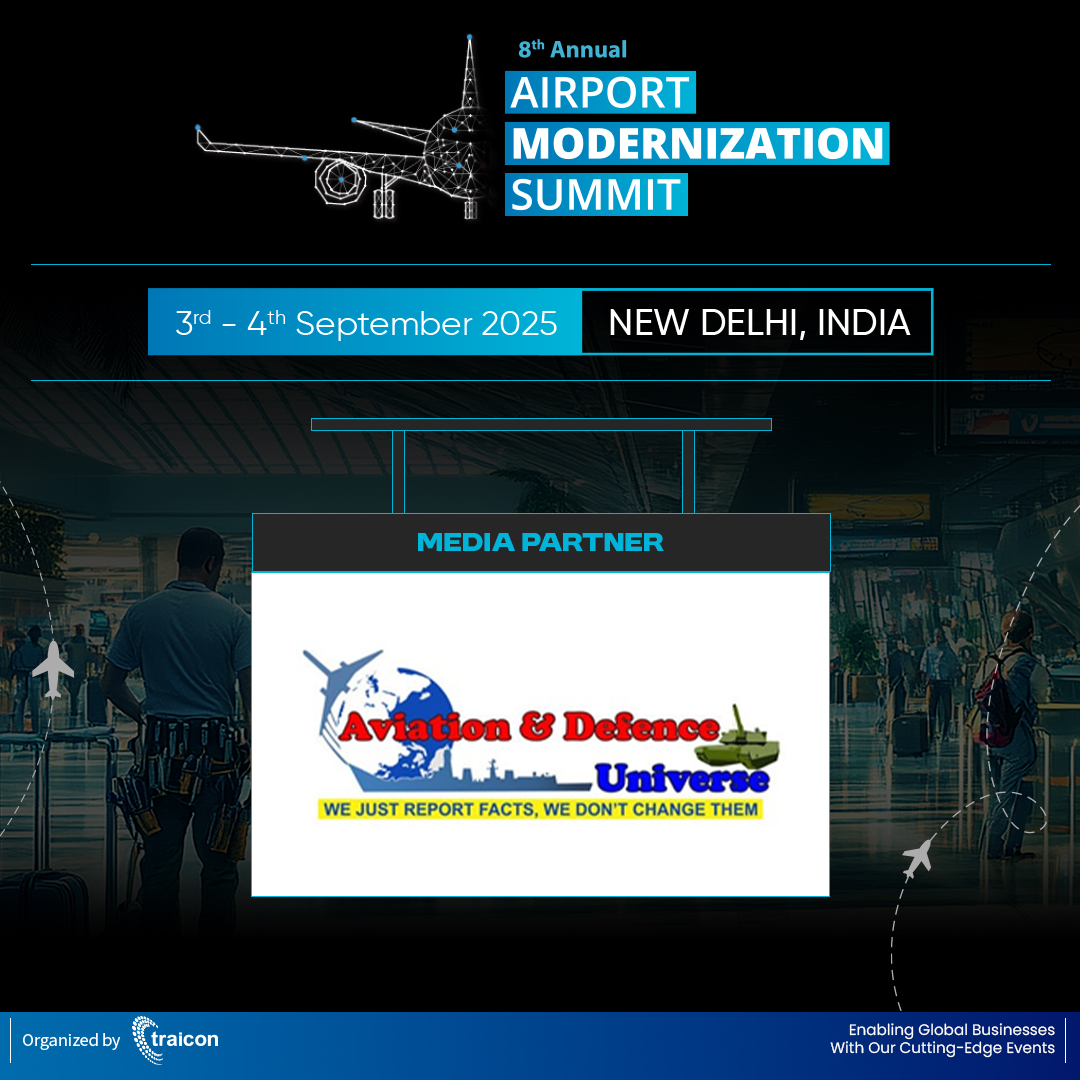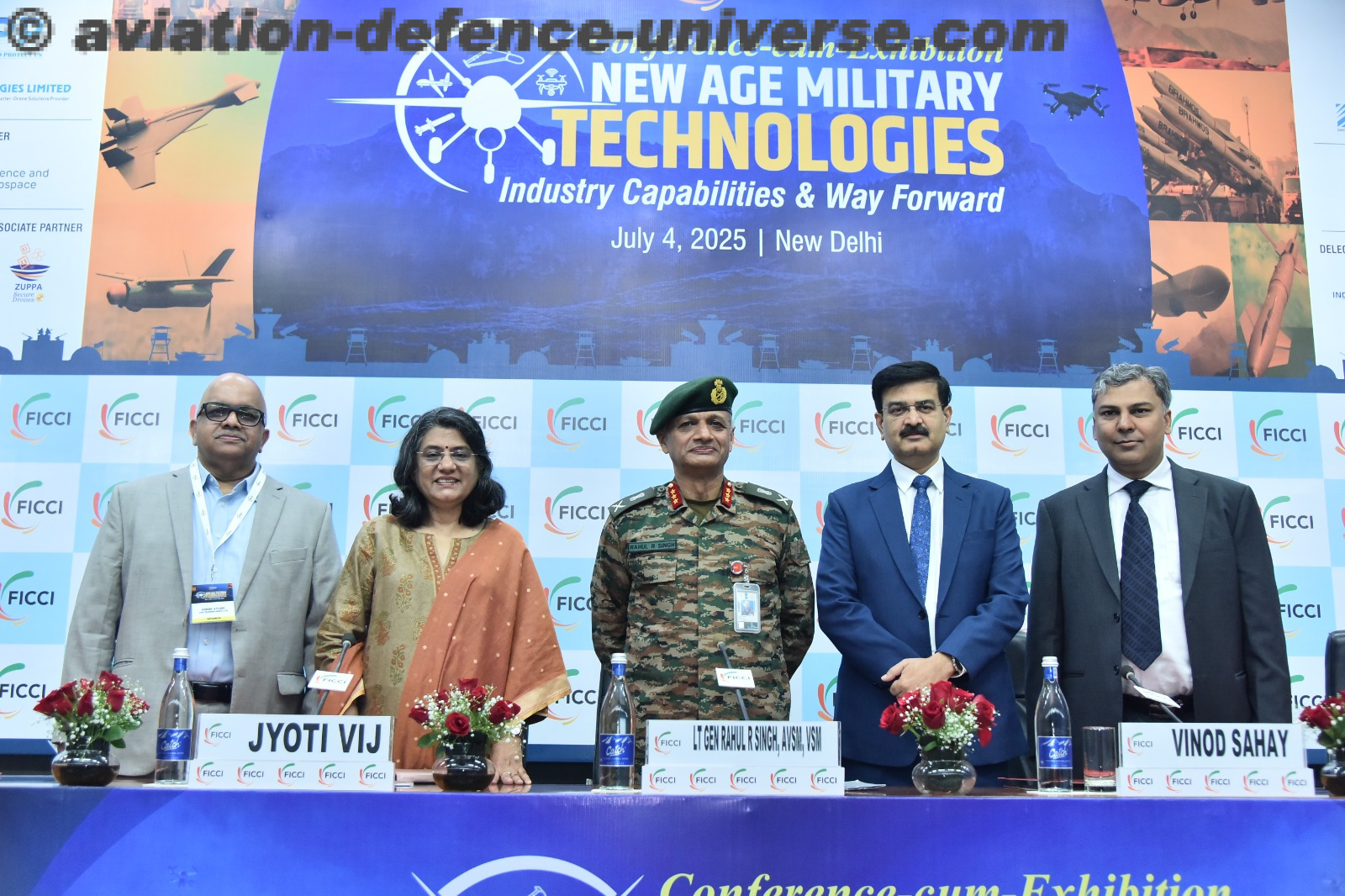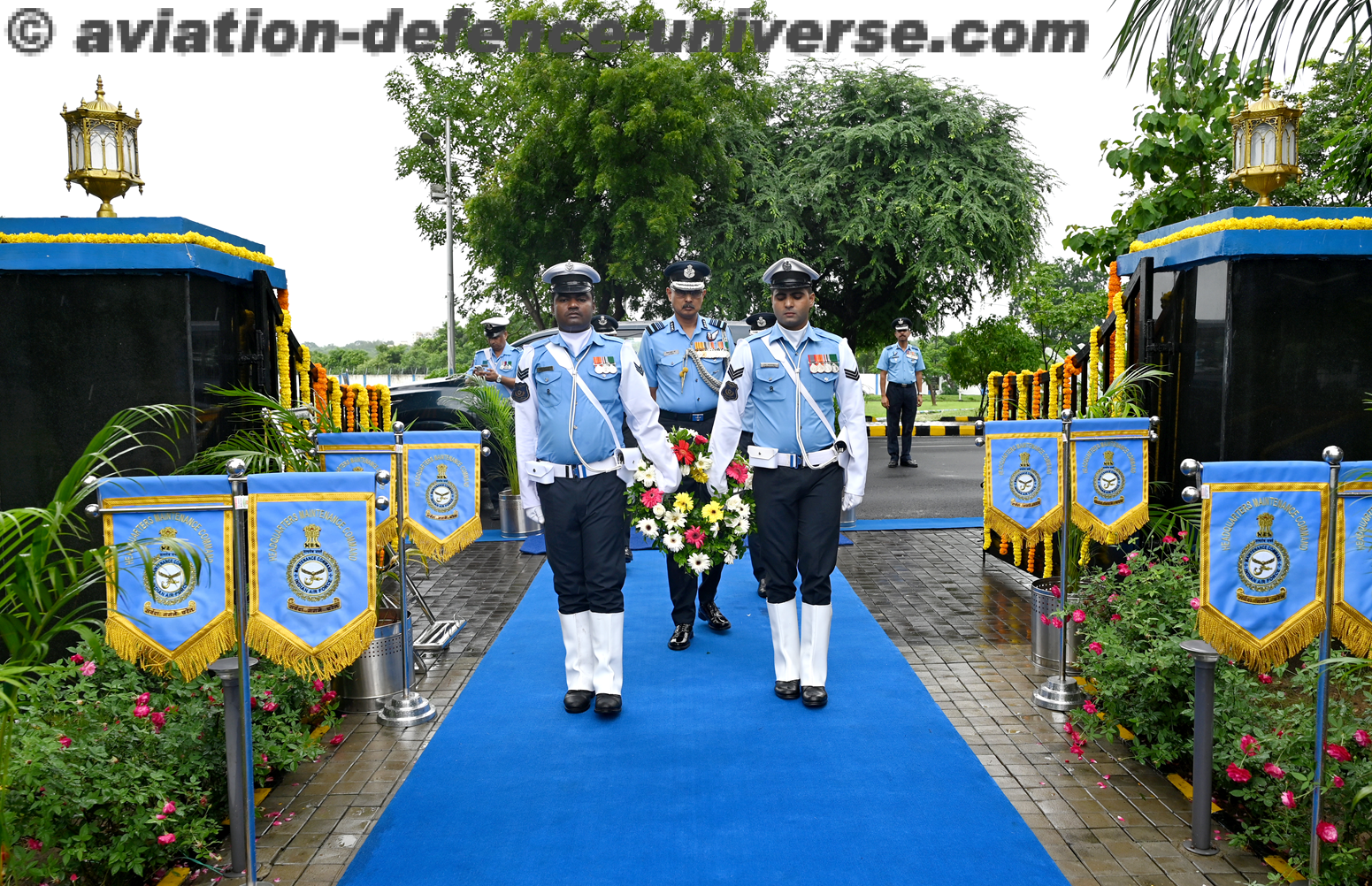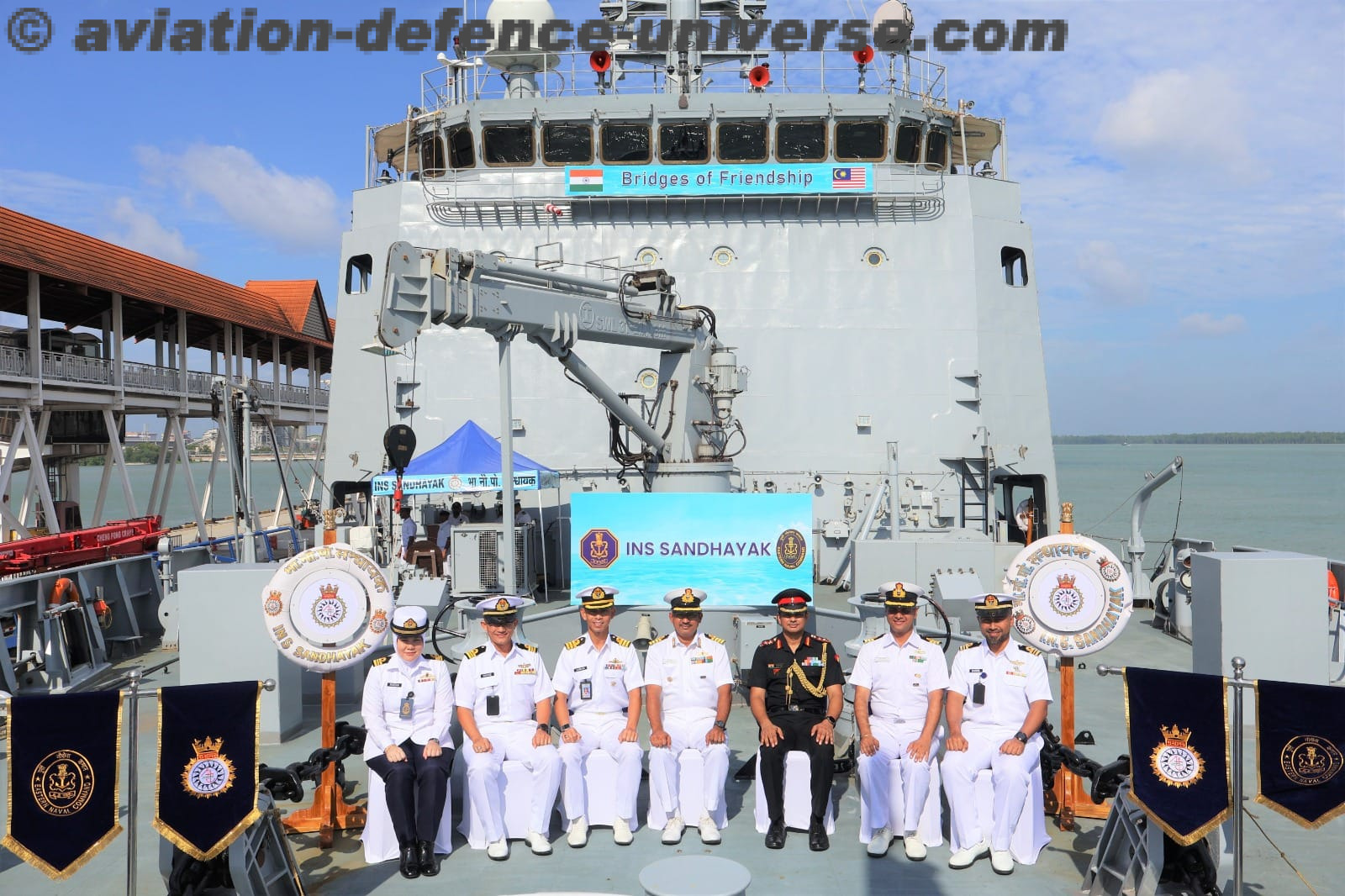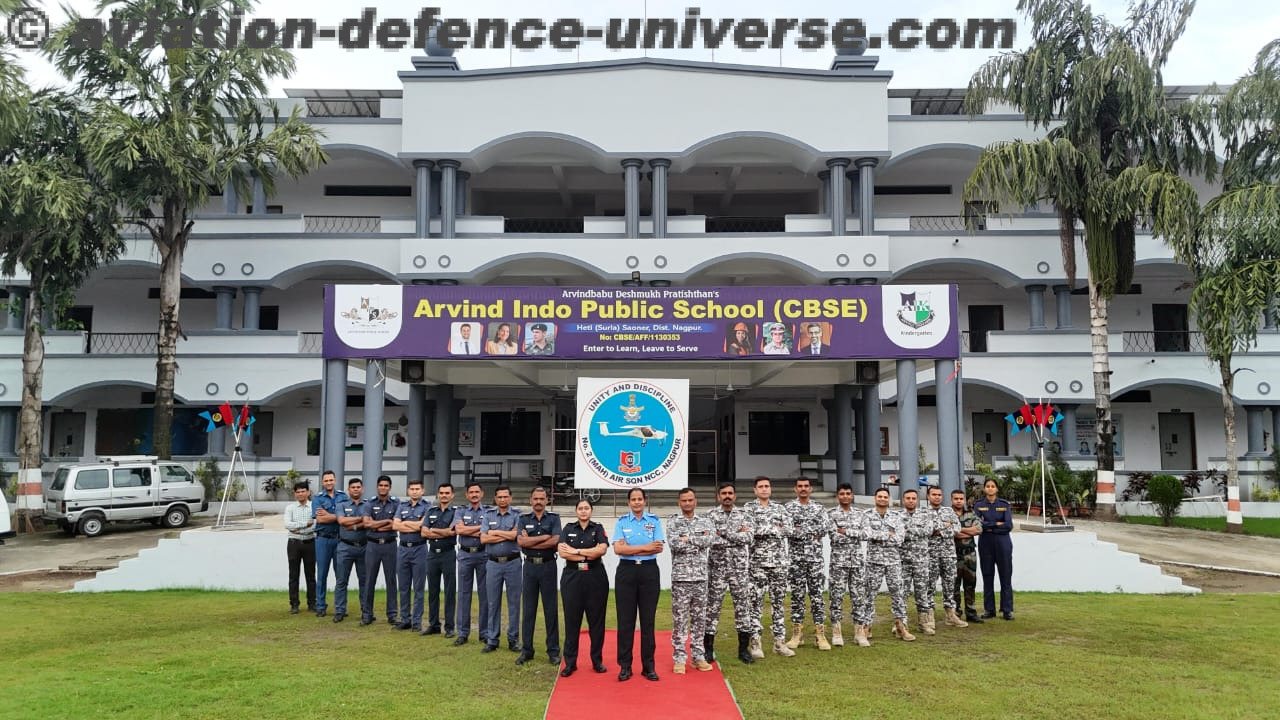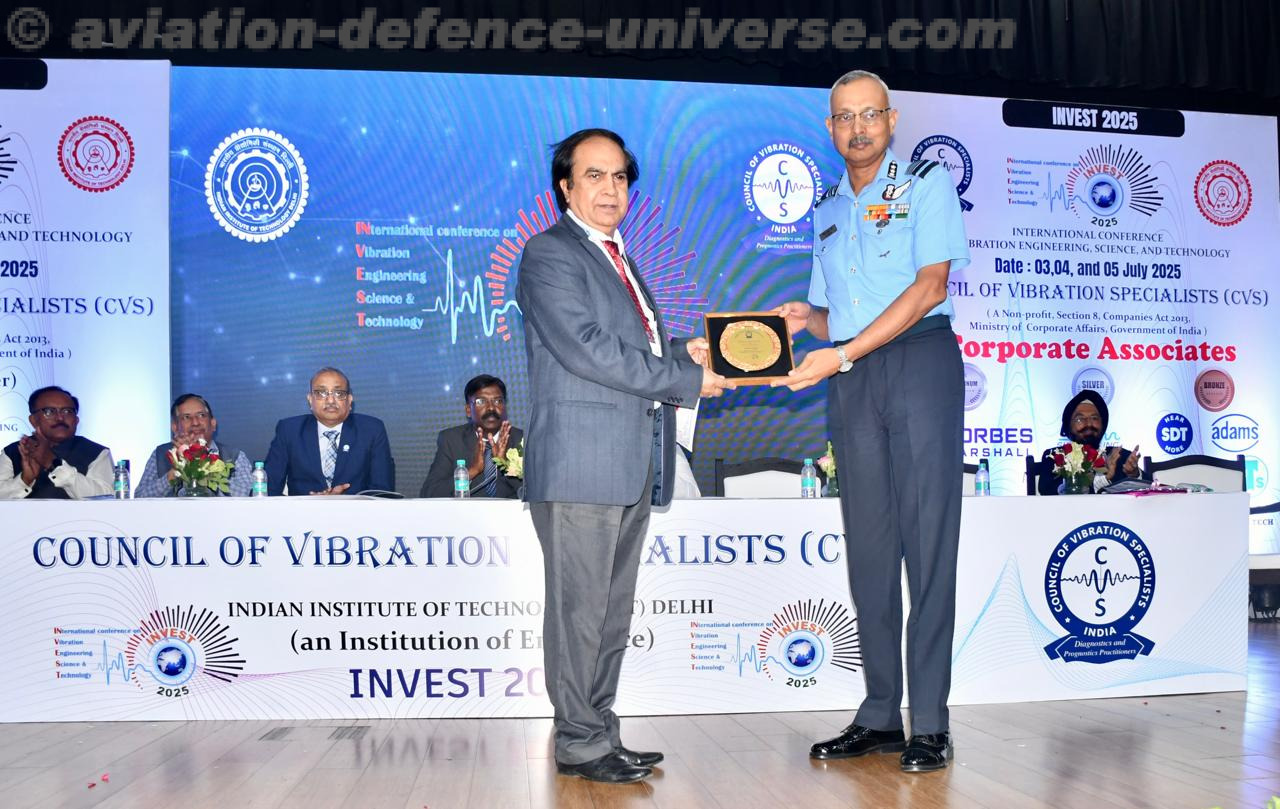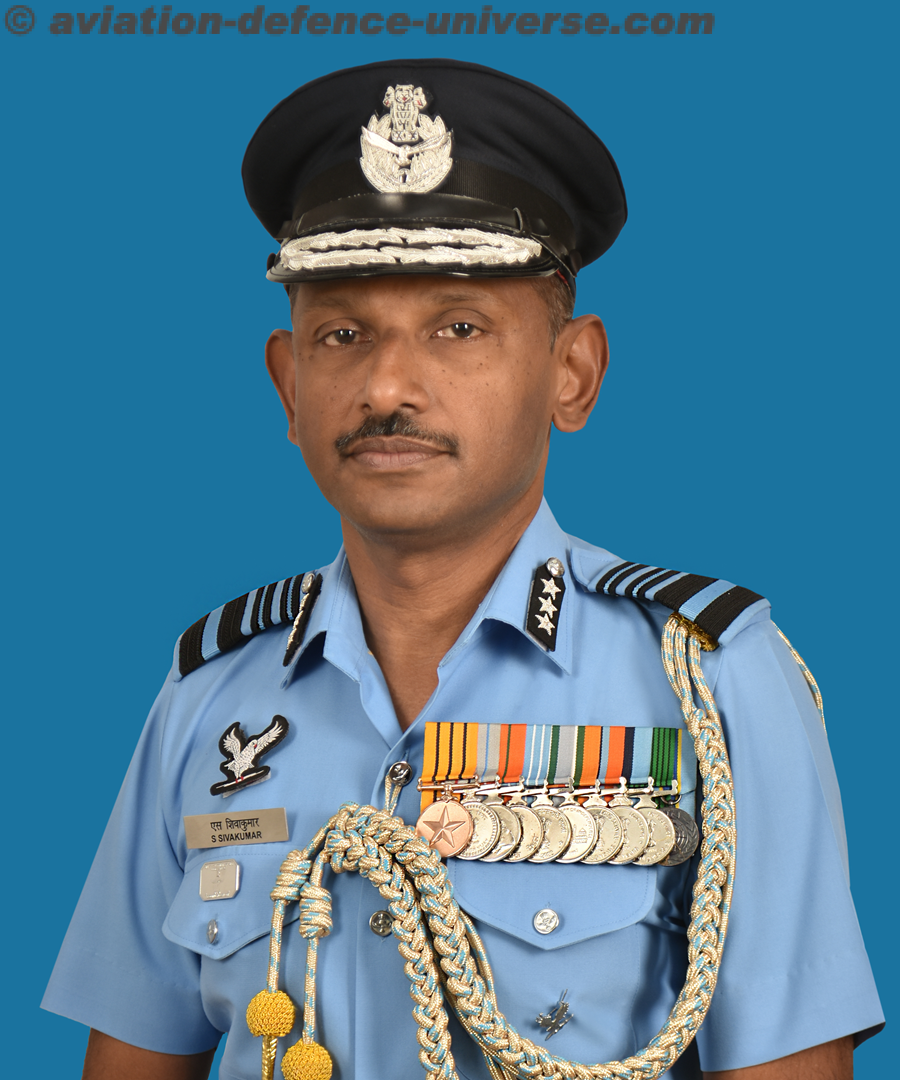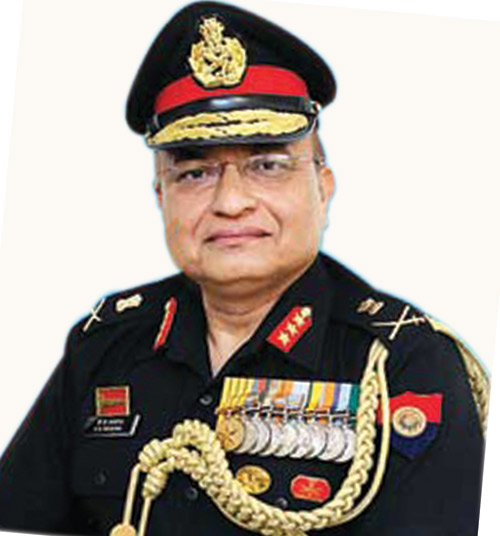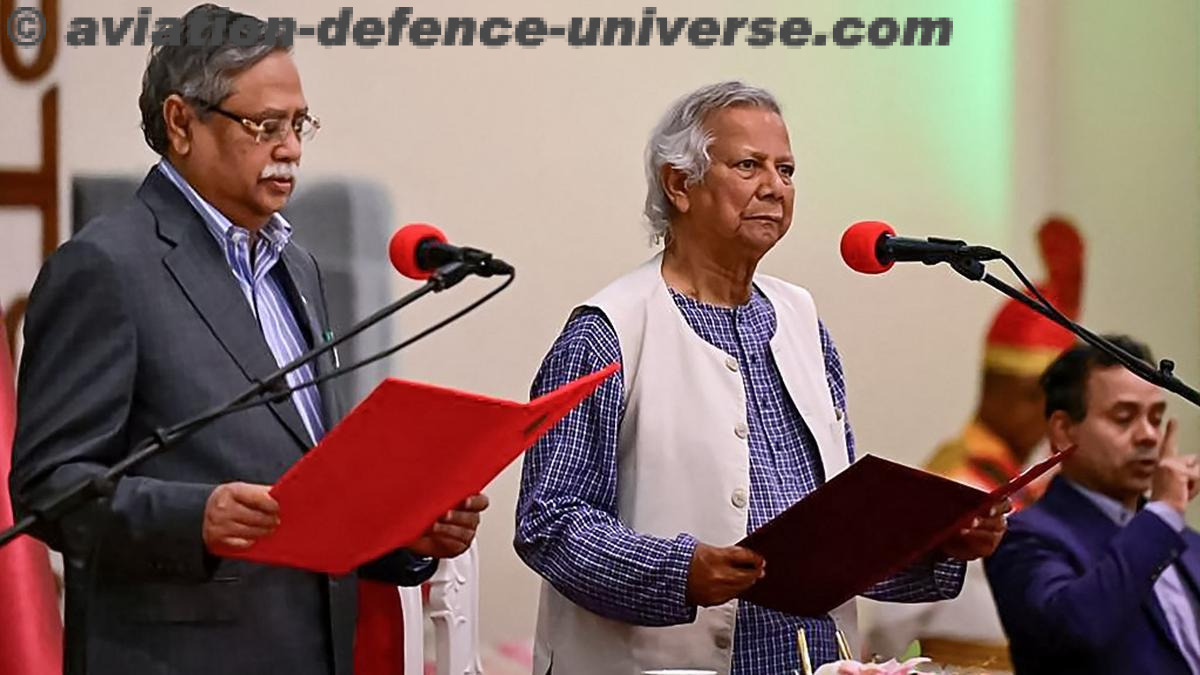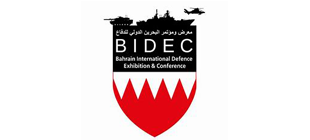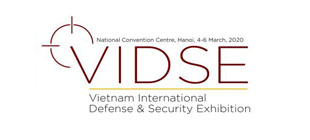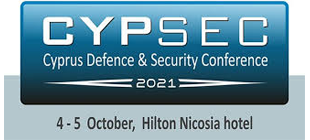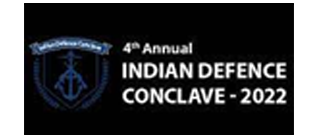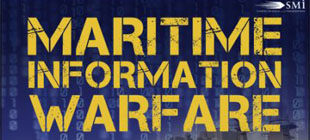Author: Brigadier Brij Gopal, YSM, SM (Retd)
Forward: Lt Gen NK Singh, PVSM, UYSM, AVSM, VSM (Retd)
Chapters: 13
Introduction
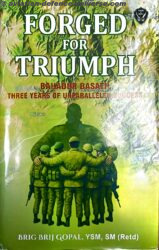 Brigadier Brij Gopal’s book ‘Forged for Triumph – Bahadur Basath’ is a substantial and grounded contribution to the study of counter-insurgency operations in India. Based on his three-year command of the 62 Rashtriya Rifles (Dogra) between 2004 and 2007, the book is a practical reflection of military leadership in one of the most challenging operational environments in the country, South Kashmir. The book offers direct, structured insights into leadership, training, and combat operations without embellishment or overstatement.
Brigadier Brij Gopal’s book ‘Forged for Triumph – Bahadur Basath’ is a substantial and grounded contribution to the study of counter-insurgency operations in India. Based on his three-year command of the 62 Rashtriya Rifles (Dogra) between 2004 and 2007, the book is a practical reflection of military leadership in one of the most challenging operational environments in the country, South Kashmir. The book offers direct, structured insights into leadership, training, and combat operations without embellishment or overstatement.
Rather than writing in abstract terms or relying on personal glorification, the author focuses on tangible actions, measurable outcomes, and pragmatic decisions that shaped the transformation of 62 RR into a high-performing counter-insurgency battalion. The book stands out for its clarity, discipline in storytelling, and its emphasis on results over rhetoric.
Leadership, Structure, and Command Philosophy
A central theme of the book is leadership rooted in structure, discipline, and ethical decision-making. From the outset, Brigadier Gopal (then a Colonel) approached the raising of 62 RR with meticulous planning. Personnels were hand-picked through structured interviews and screening processes to ensure that motivation and skill aligned with the unit’s requirements. This early investment in human capital proved critical in shaping the battalion’s future performance.
The author viewed leadership not only in terms of command authority but as a responsibility that required foresight, consistency, and visibility. He frequently engaged with jawans and officers, ensured clarity of communication, and placed emphasis on welfare, fairness, and professional development. These principles remained central throughout his tenure and were visible in the battalion’s day-to-day functioning.
Importantly, Brigadier Gopal used his time at the helm to create a distinct identity for the unit. The name “Bahadur Basath” was more than symbolic; it was a morale-building tool that unified the troops and gave the battalion a sense of purpose and belonging. His leadership style, while mission-oriented, consistently encouraged feedback, self-correction, and ethical standards of engagement.
Operational Effectiveness and Tactical Innovation
Deployed in one of the most volatile regions of Jammu and Kashmir, the battalion was responsible for securing both high-visibility events like the Amarnath Yatra and day-to-day counter-insurgency patrols in conflict-heavy districts like Kulgam and Shopian. The book highlights several innovations that contributed to their operational success.
Training was extensive and rooted in realism. Mock operations, live-fire exercises, and stress-based drills prepared the unit for real-world challenges. The buddy pair system, medical first-responder training, and detailed briefings on the Armed Forces Special Powers Act (AFSPA) ensured that troops were not only combat-ready but also sensitive to legal and ethical considerations. This combination of hard skills and soft awareness helped the battalion operate with precision and discipline, reducing the chances of error in a high-pressure environment.
A key factor in the battalion’s success was its shift towards intelligence-driven operations. The creation of a local human intelligence network was an important force multiplier. By using cultural familiarity and rapport-building, helped by the author’s fluency in Urdu, the unit gained actionable insights into local dynamics. This enabled targeted operations with minimal collateral damage, improving both tactical results and community relations.
Another valuable insight from the book is the emphasis on unpredictability in routine. By denying insurgents the ability to anticipate patrol movements or rest days, 62 RR reduced the effectiveness of ambushes and retained the operational initiative. The use of aerial reconnaissance, coordination with other security agencies, and strict internal discipline further contributed to mission success.
Challenges, Adaptability, and Institutional Learning
The author does not avoid discussing setbacks, which makes the book more credible and informative. Operational environments like South Kashmir are fluid and unpredictable. Ambushes, insider threats, and civilian sensitivities present constant challenges, and the book acknowledges these head-on. One particular incident involving lapses in tactical coordination led to criticism from higher command. Rather than deny or downplay the issue, the author uses it to explain how institutional correction and transparent leadership restored confidence in the unit.
The book presents setbacks as opportunities to reinforce professionalism. Whether dealing with ambush casualties or local informant betrayal, the response was always grounded in process improvement. These moments serve to underline the importance of vigilance, adaptability, and leadership presence.
Small team operations were introduced as a response to evolving tactical needs. These missions, executed with minimal personnel but maximum preparation, allowed for more agile responses to intelligence inputs. The author credits the rise of the Ghatak platoon during this period as a turning point in enhancing the battalion’s operational reach and tactical competence. These teams demonstrated high levels of preparedness, fire control, and mission execution, setting a new standard within the formation.
What stands out throughout is the constant emphasis on learning. Feedback mechanisms like regular interaction with troops, after-action reviews, and internal debriefs helped identify gaps and implement changes quickly. This institutional approach to learning, backed by leadership accountability, played a central role in the battalion’s transformation.
Ethical Conduct, Civilian Engagement, and Strategic Impact
A strong subtext throughout the book is the importance of ethical soldiering and civilian engagement. The operations of 62 RR were marked by restraint and a clear focus on civilian safety, even in hostile environments. The author, repeatedly makes the point that long-term stability cannot be achieved through force alone. Winning local confidence, respecting cultural norms, and conducting operations with integrity were considered just as vital as neutralising threats.
A particularly telling example is the battalion’s involvement in securing the return of a missing boy despite an ongoing insurgency threat in the area. Instances like these underline a flexible but principled approach to command. The unit also made efforts to maintain civilian dignity during operations, actions that improved local perceptions and helped disrupt overground support to insurgents.
The book ends with the successful neutralisation of major terrorists, their leaders and tanzeems in the area of responsibility, a major achievement by any operational metric. This result, however, is presented not as a final triumph, but as the outcome of steady, methodical work grounded in discipline and planning. The battalion’s performance was recognised through commendations and medals, including the Sena Medal awarded to the author.
The transition of leadership at the end of the author’s tenure was handled with care and foresight. Handing over a stable, high-performing unit to his successor ensured continuity in standards. The professional acknowledgment he received from senior command is noted briefly, but without personal boast. Instead, the closing emphasis remains on the battalion’s capability and team effort.
Conclusion
‘Forged for Triumph- Bahadur Basath’ stands out as a clear, focused, and credible account of military leadership and counter-insurgency in practice. Brigadier Brij Gopal avoids sentimentality and concentrates instead on outcomes, systems, and professional standards. The book serves as a precise documentation of how a newly raised battalion was built from the ground up and led to sustained success in a difficult operational theatre.
Its key strengths lie in its clarity of purpose, attention to detail, and emphasis on ethical, structured leadership. For defence professionals, scholars of strategic studies, and students of counter-insurgency, this book provides not just a narrative but a set of practical takeaways. It is both a professional memoir and a case study in effective unit command. In sum, ‘Forged for Triumph – Bahadur Basath’ is an important addition to India’s military literature. It presents a realistic, useful, and experience-based model of leadership that prioritises process over personality and results over rhetoric.
Priced merely at Rs 999 /- despite being a hardbound book, it is a must read for one and all. It can be ordered from Amazon or from the Publishers.
Reviewed by : Bidisha Deka
Research Intern : CENJOWS












